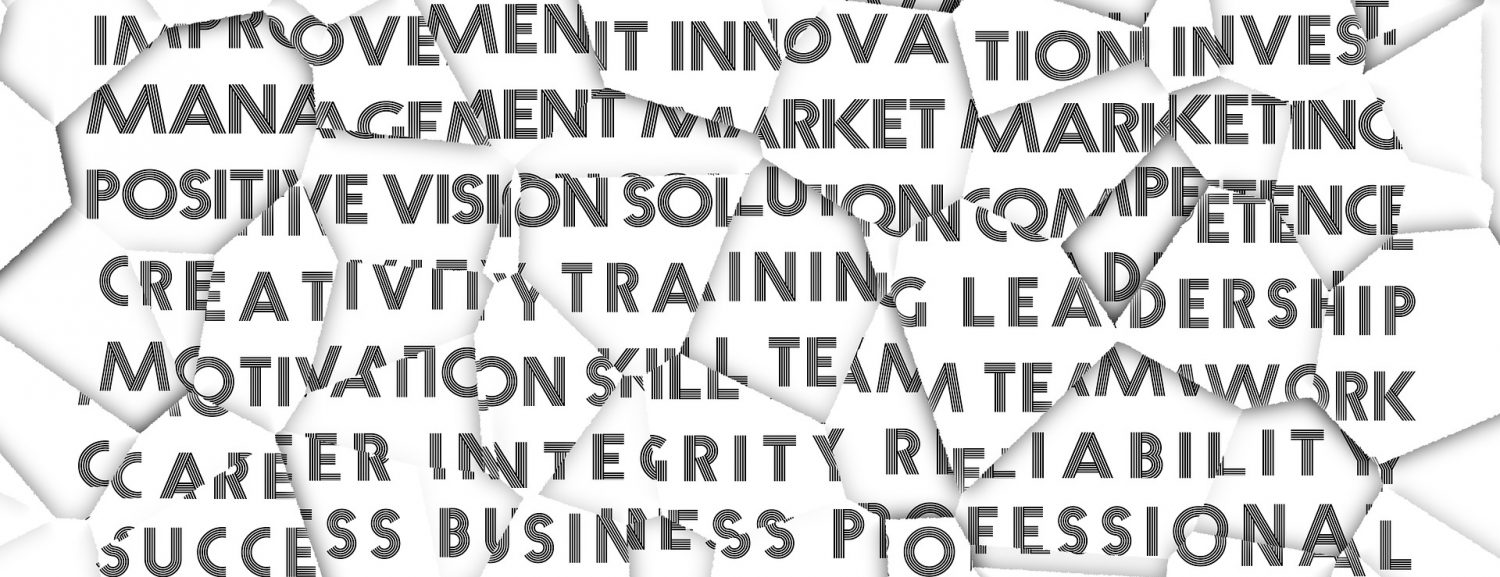Reflection #2 Organizational Culture at the American Cancer Society
I am interning with the American Cancer Society (ACS), this summer. Within the ACS, I am working with the American Cancer Society Cancer Action Network (ACS CAN). This subset of the American Cancer Society works on government relations and lobbying, communications and advocacy, and volunteer recruitment and engagement. For this blog post I will be specifically discussing ACS CAN. One of the most important things to understand when understanding the organizational culture is that everything revolves around the major goal of ending suffering and death from cancer. With a mission like this, you really do feel inspired to work hard and care about what you are doing. I was interested in working with ACS and ACS CAN because of my family’s history with cancer. It seems that many peopleI am working with are involved in this work for similar reasons. Some people I am working with are survivors of cancer themselves. Fighting cancer is a personal mission for everyone there, this sense of shared values not only means that everyone is bringing passion and heart to their work, it also brings the organization together. Because this work is so important to everyone and this sense of shared values is so strong, this does impact the attitudes and expectations. I have definitely seen that there is a general expectation that everyone is working hard and doing good work. This makes sense given everyone understands the importance of this work and has a personal connection and commitment to it.
ACS CAN works very closely with governmental agencies and figures, and volunteers. These are two very different contexts of the industry they are working in. Motivating politicians and engaging volunteers are two very different beasts. This site context and industry impacts the organizational culture. Some groups within the organization work solely with volunteers and the general public. Other groups work solely with governmental figures. And others work with both. This often impacts the goals and objectives of each team, as well as the way they work. I have found that this can help groups to have different ways of approaching things and working on things. At times this may cause slight tensions as people may disagree on course of action. I have witnessed this in meetings. But I also think this is often positive, as this can help with problem solving and it is often good to have people approaching things with different perspectives and ways of thinking. So I think this is definitely a strength based on the organizational culture, even if it causes some short term problems, in the long run it is positive because it leads to more thorough problem solving and allows people to broaden their perspective.
